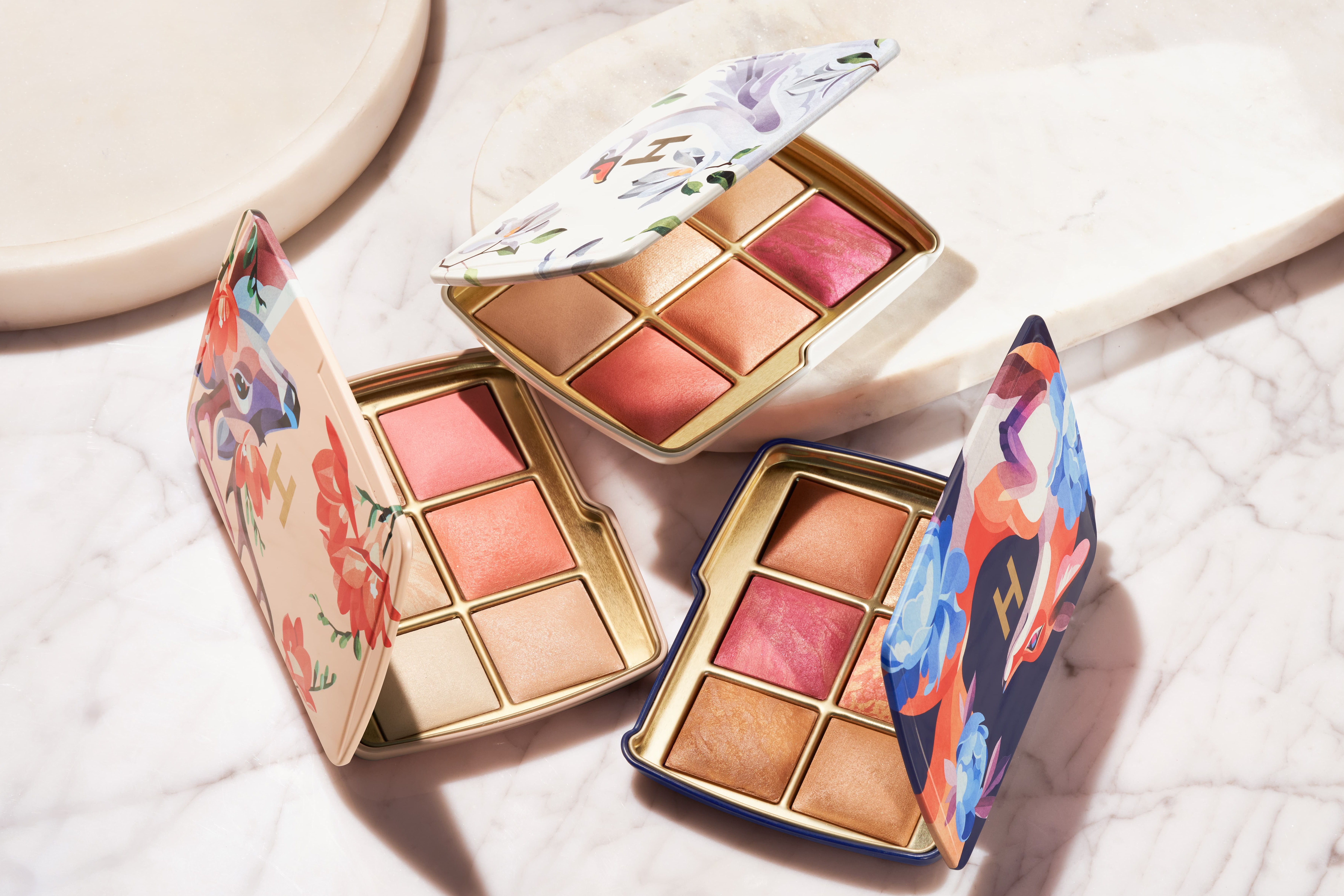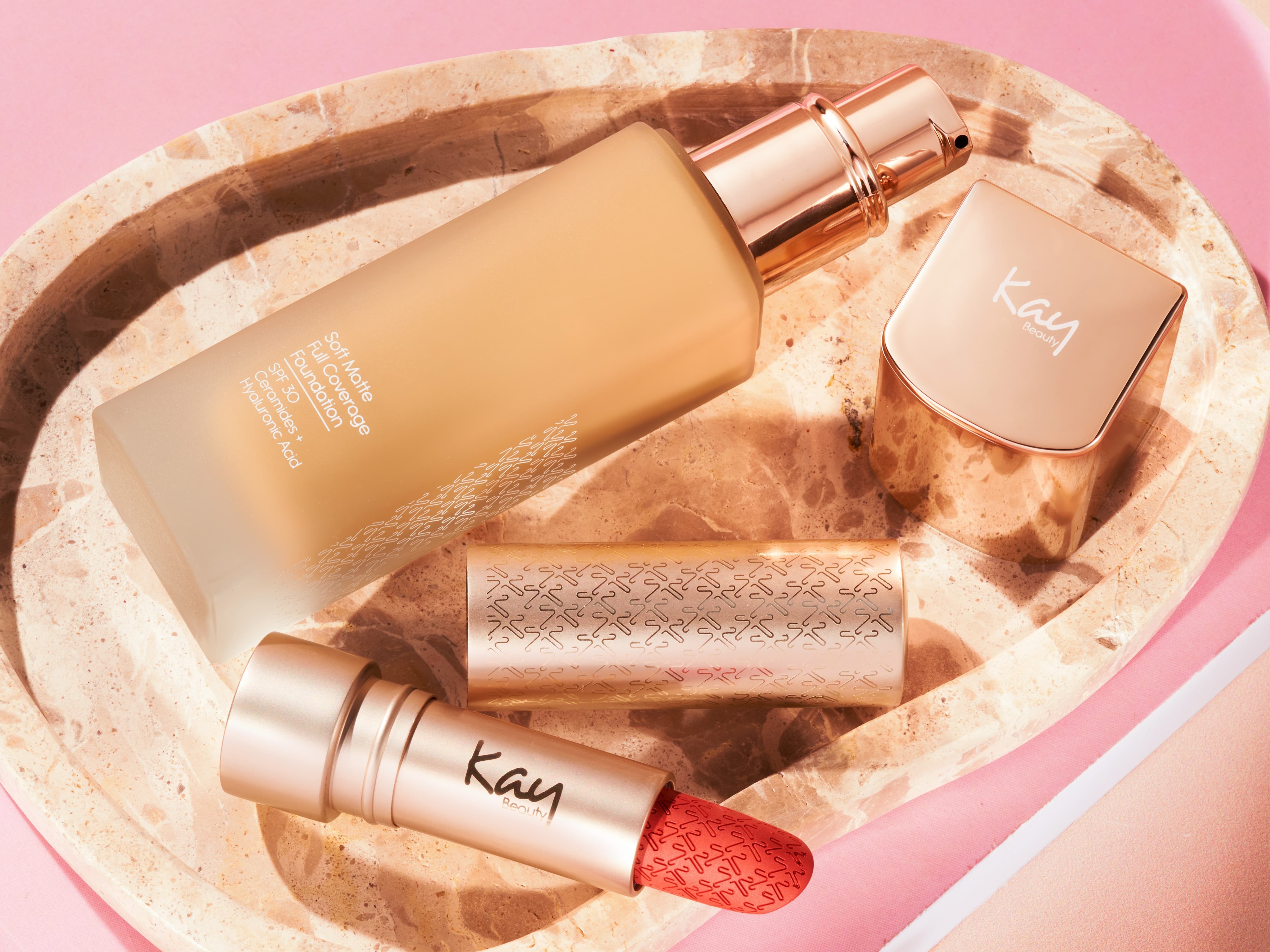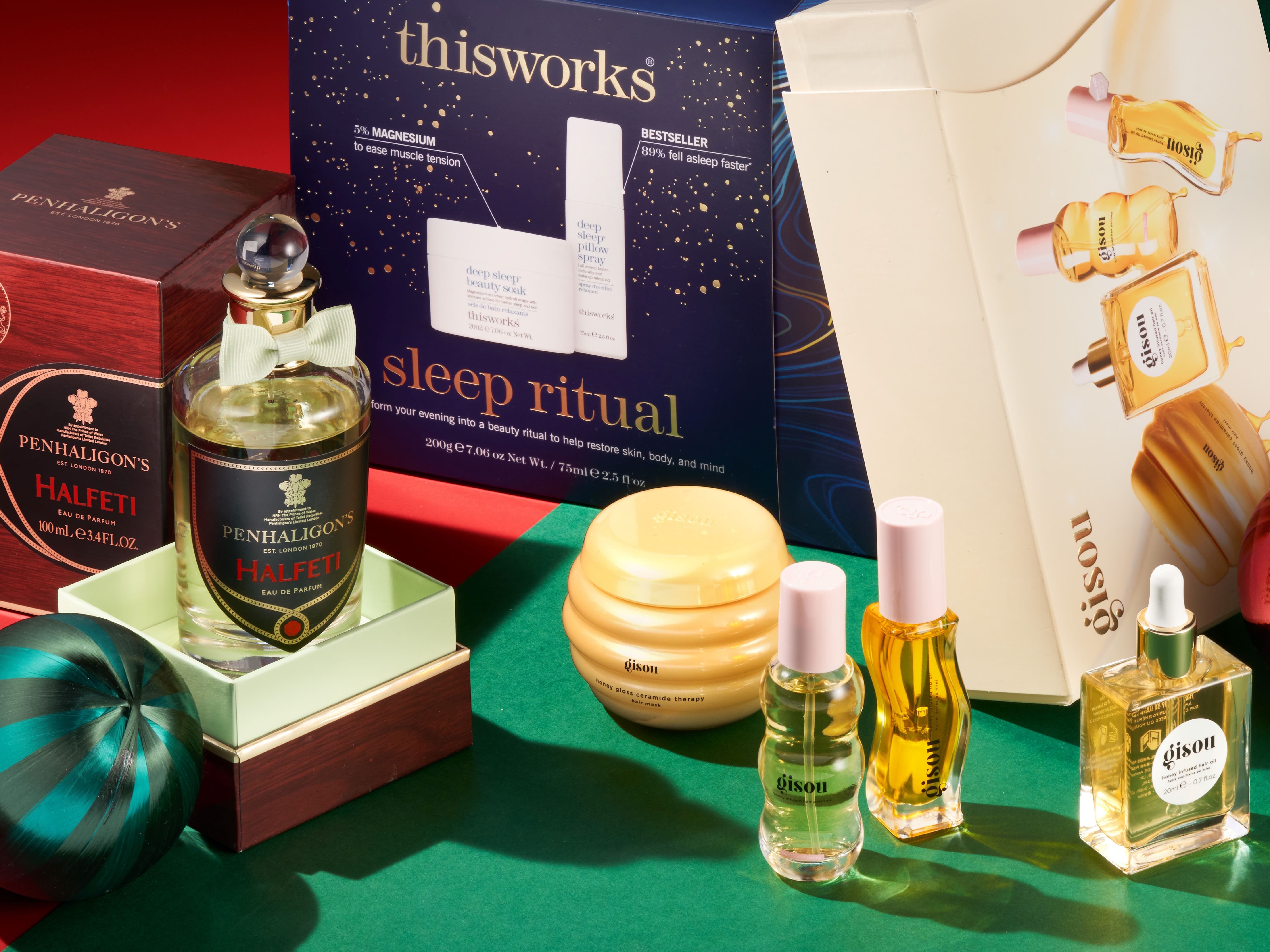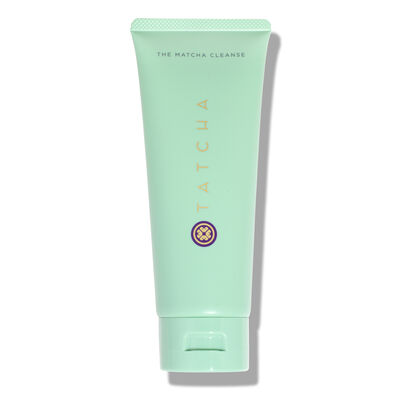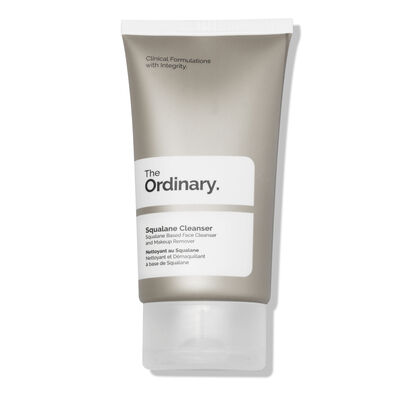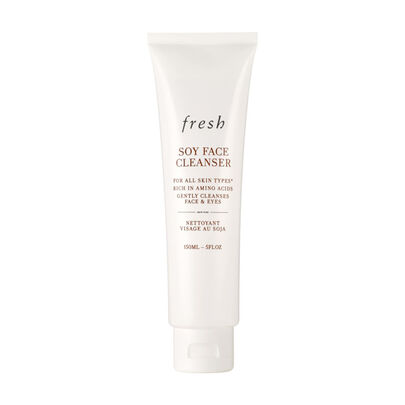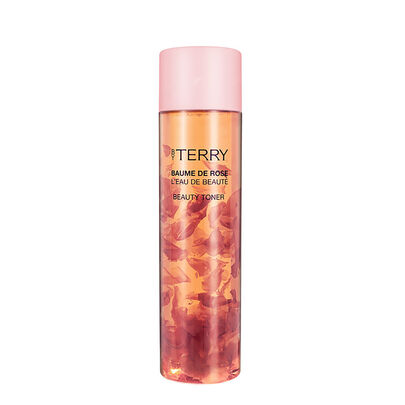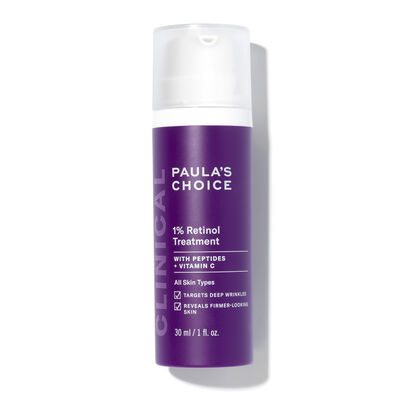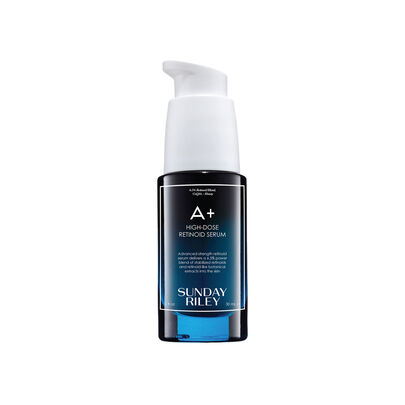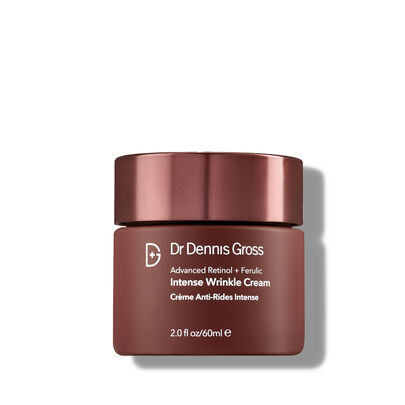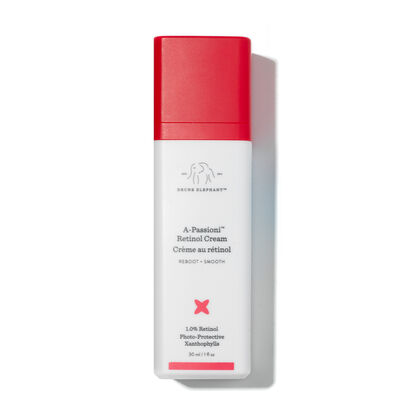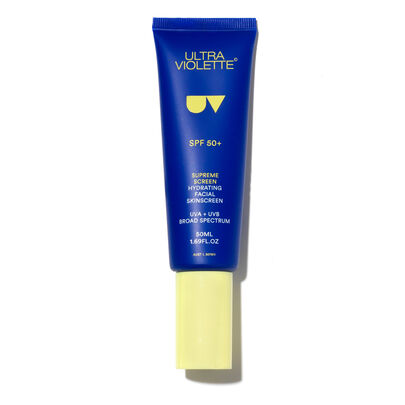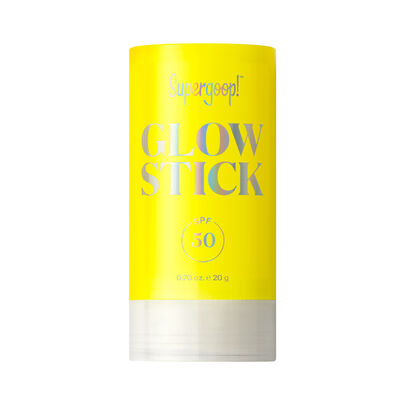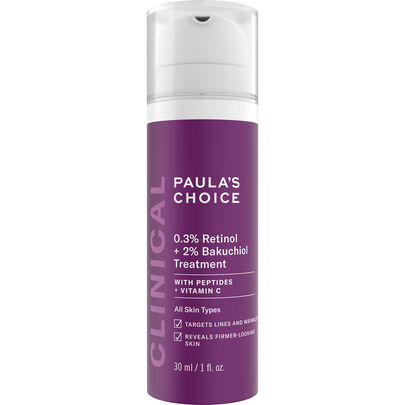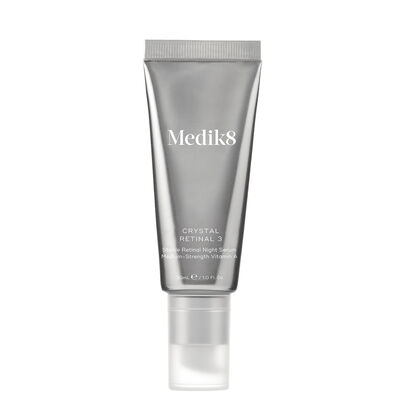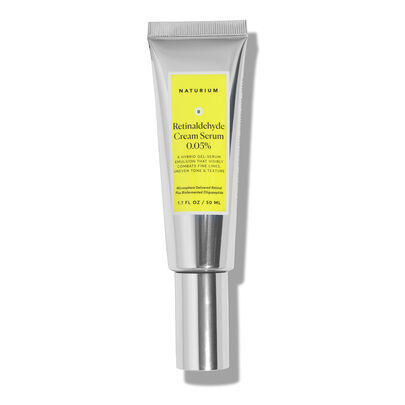The Ultimate Beginner’s Guide To Retinol
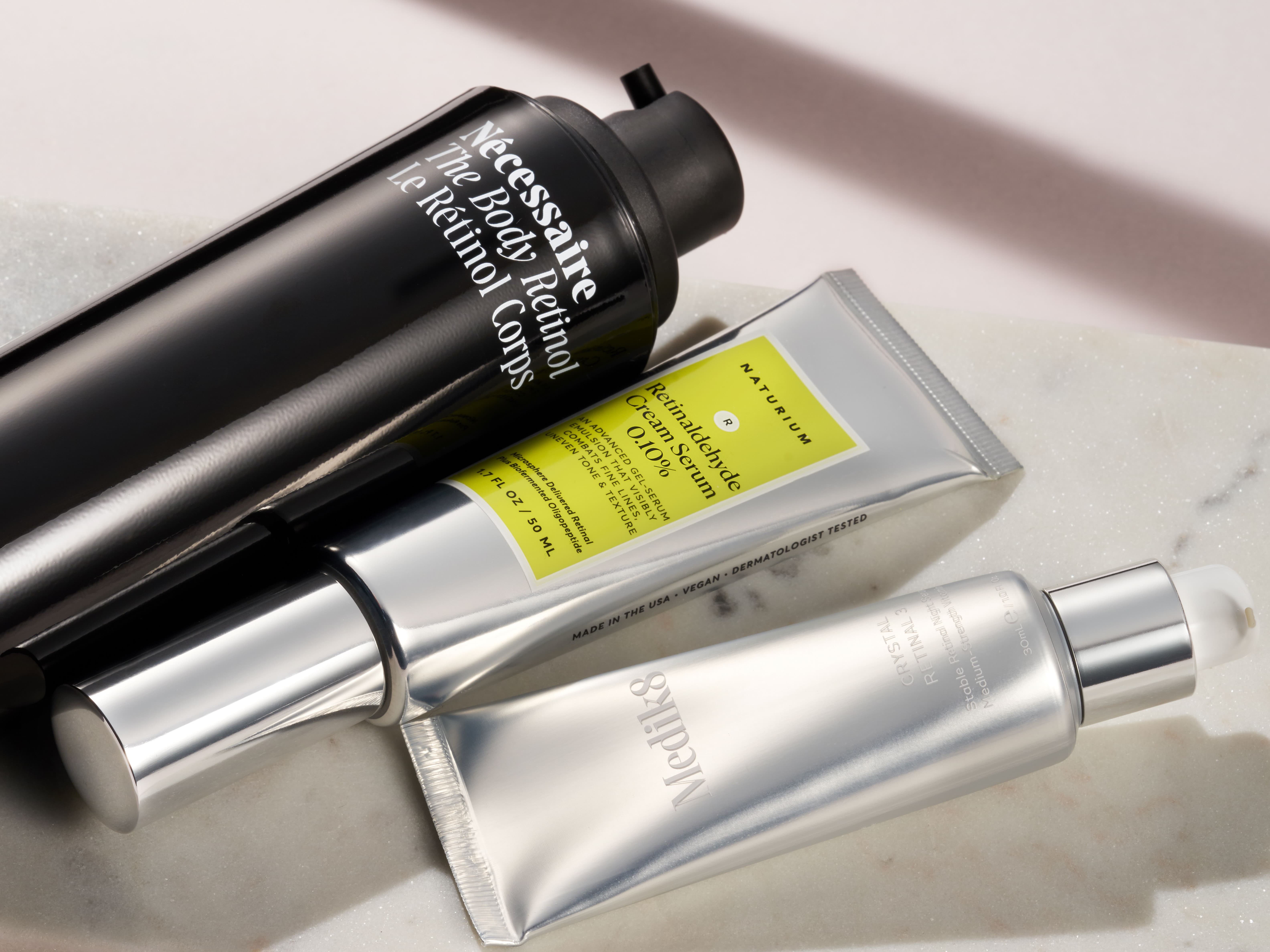
But what exactly is retinol, and why has it become a staple in so many skincare routines? Well, before getting into the many ins and outs of retinol, it’s worth understanding what collagen is. As the most abundant protein in our bodies, collagen’s main role is to provide strength and support – this includes replacing dead skin cells and giving structure and elasticity to the skin. Collagen production slows down as we age – which leads to, amongst other things, fine lines and wrinkles.
Now, this is where retinol comes in. Retinol is not something our bodies produce naturally, but a component within the vitamin A family that’s most commonly known for stimulating collagen production. Additionally, retinol’s superpowers don’t stop at reducing fine lines – it’s also been proven to target acne and help reduce pigmentation, clear pores and boost a brighter complexion.
With all good things there always has to be some downside. Because retinol is such a hardworking and potent ingredient, it doesn’t necessarily agree with everyone from the get-go (queue the ‘retinol spurge’ that many experience). Hence why some people – especially those who have sensitive skin – prefer to avoid it.
Sensitive skin types don’t necessarily have to avoid retinol altogether though as beauty brands have come a long way and there are retinol treatments with varying percentages and gentle formulas available. If you’re still a retinol novice or fairly new to it, or perhaps feel cautious about it, read on for the ultimate beginner’s guide to retinol.
How to start using retinol in your routine
In short – take it slow. Retinol is a powerful ingredient, and it's common for skin to initially react and feel irritated by it. Go for a low percentage (0.5% or even lower) and make it a part of your evening routine rather than the morning. At the very start of your retinol journey, you won’t want to mix it with other potent ingredients including AHAs and BHAs.
We don't recommend using retinol every night. Start by using it once or twice a week as your skin will need to build up a tolerance towards retinol. Also, remember once you start using retinol, SPF is even more of an essential so make sure you apply a broad spectrum sunscreen every day (if you don't already!).
At what age should I start using retinol?
“Ageing is different for everyone,” says Niamh Butler, Head Of Education at Space NK. “But generally, we start to slow down on collagen production in our mid-twenties – making our late twenties and early thirties a good time to start using retinol. It can be used earlier for those with blemish-prone skin, but should only be used a couple of nights a week.”
Because retinol can help reduce acne, there is often a lot of talk on whether it’s suitable for teenagers – who are now more skincare savvy than ever – to include the ingredient in their skincare routine. The overriding consensus is that teenagers shouldn’t use retinol (unless it’s under a doctor’s prescription) as their skin barrier is still very much evolving and could get damaged by an excess use of vitamin A. So, for the most part, there is no need to start using retinol before your mid-twenties.
There are, of course, exceptions. “Retinol, like all skincare products, doesn’t come with a ‘use at this age’ label because we all have different concerns at different ages,” says Heather Wish, Paula's Choice Skincare Education Manager in the UK. If you're unsure of when to start using a retinol, our beauty advisors in store and online can help assist you, as well as help build a skincare routine that works for your age, skin type and budget.
What retinol strength should I use?
The strength of retinol you decide to use will mainly depend on where you’re at in your vitamin A journey. “Skincare is never a one-size-fits-all,” says Heather. “How much retinol your skin needs will depend on your skin type and concerns, as well as your skin’s tolerance for it. You can work out your skin’s tolerance by experimenting with different strengths and frequencies of usage and seeing how it responds.”
If you haven’t used retinol before, “start low and slow!” says Heather. Once you have been using retinol for some time – be that a year or more – you can then consider trying a stronger formula.
When to use retinol in your skincare routine
Retinol formulas come in all shapes and sizes, with beauty brands offering gentle options that can be used during the day. Having said that, if you’re completely new to retinol the safest way to start incorporating it in your skincare routine is by using it at night – and to always follow up with SPF the morning after. Moreover, there is no need to layer up on retinol formulas – if you’re using a retinol serum for example, you do not need to follow up with a retinol moisturiser.
Step 1: cleanse
You’ll want to ensure you have a clean canvas – we recommend double cleansing – to allow for all your treatments to sink into the skin.
Step 2: tone and hydrate
If your toner or liquid exfoliant uses strong ingredients such as Alpha Hydroxy Acids (AHAs) or Beta Hydroxy Acids (BHAs), it’s safer to skip it or replace it with an essence a face mist on the days you choose to use retinol.
Step 3: Retinol
Retinol serums and retinol oils are some of the most popular products when it comes to this powerhouse ingredient – you’ll find a multitude of strengths and textures.
Step 4: Moisturise
If you love a rich texture and believe that’s what your skin responds best to, a moisturiser formulated with vitamin A is a good option as the final step in your evening routine. If you’re choosing to have retinol in your serum, lock it up with a rich and soothing moisturiser.
Step 5: SPF in the morning
Ask a skincare expert and they'll tell you SPF should be worn 365 days a year, regardless of whether you use vitamin A in your routine or not. Why is it even more vital to wear sun protection if retinol is a part of your routine? Retinol encourages cell turnover, causing the top layers of your skin to shed quicker and thus bringing newer, more delicate skin to the surface. In short – it increases skin’s sensitivity, meaning it’ll be even more vulnerable against sun exposure. Wearing sunscreen will not only protect your skin against UV rays, but also allow for retinol to perform better – as the sun breaks down the effectiveness of retinol.
How often should I use retinol for optimal results?
Using one form of retinol once a day will normally be enough to see visible results in the long run. This however, does not apply to first time retinol users. Unless you’re using a gentle retinol formula and do not see or feel any reaction to your skin, once every other day or even just a few times a week, at night, will be your starting point for a few months or even a year.
How long does retinol take to work?
Retinol results vary depending on the formula, and of course, the person – but generally, it can be a few months (think 12 weeks) before you see any visible results. Given that this ingredient helps to reduce (and even prevent) fine lines and wrinkles, decongest pores, target hyperpigmentation and clear acne, we believe it’s worth the wait – patience is key!
Can I use retinol with other ingredients?
Regardless of whether you’re using retinol or not, layering your skincare accordingly is essential – go from thinner to thicker textures, and use just one form of retinol per skincare routine. Additionally, retinol doesn’t have to be the only active ingredient in your routine. “To get the best results, retinol should be used with products that contain rejuvenating and replenishing ingredients, antioxidants and restorative ingredients,” says Heather. “While retinol is a superstar for ageing support, improving the appearance of ageing skin requires more than just one solution.”
For example, combining retinol with hyaluronic acid and squalane can be beneficial, as these hydrating heroes can counteract any potential flakiness or irritation that retinol may cause. You can also use the anti-inflammatory, pore-clearing miracle ingredient that is niacinamide together with retinol.
As for the other hero ingredient we all know and love, vitamin C? It’s recommended that you stick with retinol at night, and vitamin C in the morning.
What not to use with retinol
Don't be tempted to use any harsh scrubs, exfoliants or acids, such as AHAs and BHAs, in the same sitting as retinol. While not exactly an exfoliator, retinol does increase skin cell turnover and exfoliate dead skin cells – add any AHAs and BHAs into the mix and this could lead to excess dryness, redness and, ultimately, a very unhappy skin barrier. If you’re adamant about having AHAs and BHAs in your skincare routine, alternate the days in which you use retinol instead of these.
As we've mentioned, we also recommend you tread carefully when it comes to combining vitamin C and retinol, especially if you’re new to retinol or other active ingredients. While you’ll find formulations that contain both retinol and vitamin C, as a starting point it’s safe to stick to vitamin C in the morning and retinol in the evening. And always, always wear SPF.
What are the potential side effects of retinol?
It’s common for skin to initially react to retinol with redness, dryness, flakiness, peeling and overall irritation – it’s a powerful ingredient that’s potentially making crucial changes. This is why skincare experts recommend first timers start with a low dosage and only a few times a week.
“When starting to use retinol, regardless of age and strength, skin needs to acclimatise to it – so take it slowly,” says Niamh. “Since retinol is a potent, bioactive ingredient, it can result in some side effects,” adds Heather. “If you experience any issues, experiment with your retinol use. It could be that your skin can only tolerate it once or twice a week, instead of daily. You could also be more sensitive to higher concentrations of retinol, meaning it’s a good idea to seek out a product with a lower percentage. It doesn’t mean you can’t still reap its benefits though – studies show even in amounts as little as 0.1%, retinol can still have a visible impact on skin.” Irritation should disappear steadily, as skin will eventually build a tolerance to – and welcome – retinol.
Can I use retinol while pregnant?
The answer to this is no, as it’s widely believed the use of retinol and any other form of vitamin A during pregnancy may interfere with the development of the foetus. Staying off vitamin A whilst breastfeeding is also recommended.
Best retinol for beginners
Serums and oils with a low strength will be your best friends when starting out with retinol – given you can go lower than 0.5%, this is an ideal way to steadily introduce your skin to retinol. You won’t need more than a pea-sized amount, and, if you want to be super safe, you can start with applying it as little as twice a week.
Retinol alternatives
Irritation is not an automatic given when starting to use retinol, especially if it’s introduced in a slow manner. However, if the irritation you’re experiencing from retinol is persistent and intense, you’ll probably have to avoid this ingredient altogether.
But not to worry, there are plenty of great alternatives if retinol is out of the question. Bakuchiol, a plant derivative used in traditional Chinese and Indian medicine, is known to help treat acne and improve the appearance of wrinkles and hyperpigmentation. Then, there’s azelaic acid which unclogs pores and refines skin's surface, while also serving as a potent antioxidant that reduces sensitivity and bumps. And let’s not forget niacinamide, which can work wonders with retinol but definitely doesn’t disappoint on its own.
Should you use a body retinol?
Retinol is a very popular skincare ingredient for smoothing fine lines, wrinkles and sagging, but is there any benefit to applying it from the neck down? Yes, especially if you're concerned with crepey skin on your hands, arms and legs, particularly around your knees. We love both Nécessaire The Body Retinol, N/A, which offers a 0.1% dose of pure retinol and 10% AHAs, and NATURIUM Retinol Body Lotion, N/A.
It's worth remembering that you need to take the same approach as you would with your face and slowly incorporate your retinol body lotion into your routine. Wearing SPF during the day is also just as important!
What you need to remember about retinol
Caution, consistency and patience are key when it comes to starting your retinol journey. It’s likely that after some time you’ll find your skin is truly reaping the benefits of retinol – and you may be ready to explore more potent forms of vitamin A, such as retinaldehyde and tretinoin. Until then, make the most of what retinol has to offer!
Read More
• What Are Retinoids And How To Choose The Right One For Your Skin?• How to do the Retinol Sandwich Method • Salicylic Acid Benefits For Skin
• The Benefits of Niacinamide



